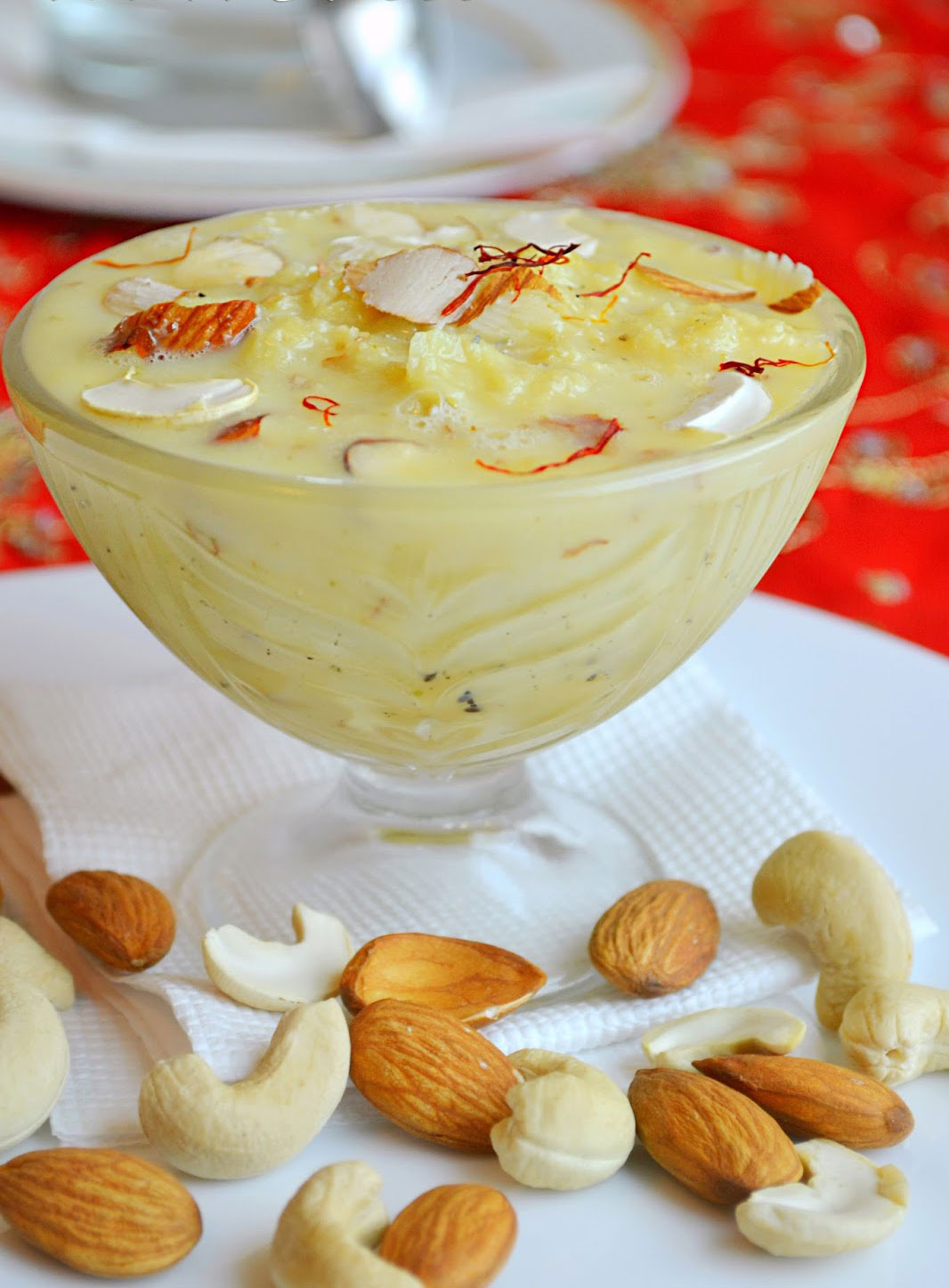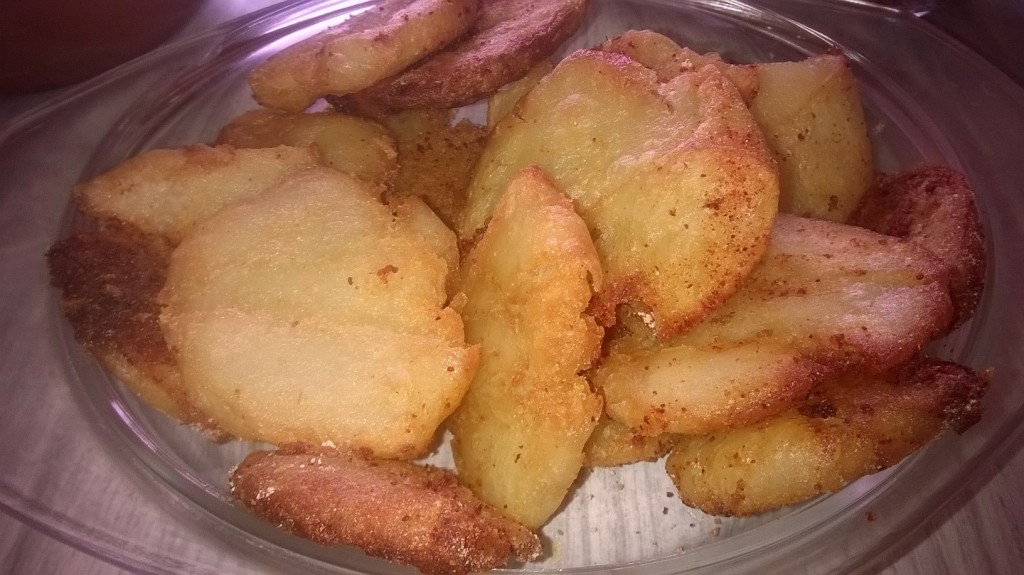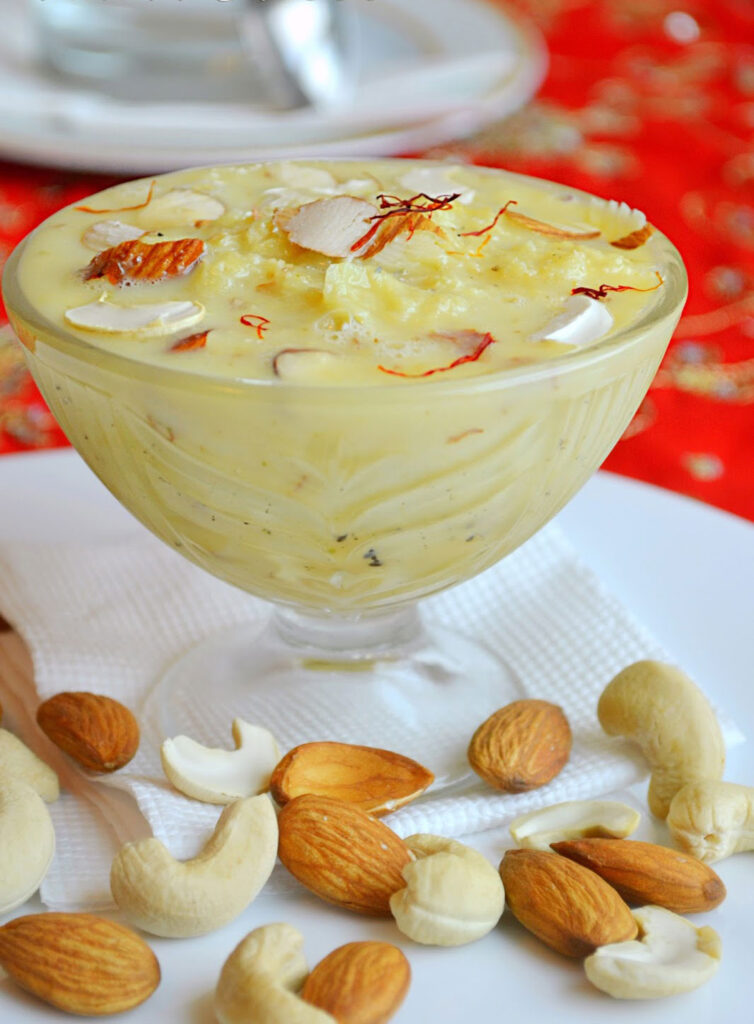Most Sindhis are proud of their traditional recipes handed down to them by ancestors…Even in this age of burgers, pizzas and French fries. “Cooking good food runs in our bloodline. Every Sindhi girl is groomed from a very young age thanks to the elders at home,” says Sheetal Melwani, a college student in Chennai.


Visit a Sindhi household on a Sunday afternoon for a typical Sindhi lunch … the magical aroma of piping hot kadhi flavoured with ginger and green chillies, deep-fried tuks made from flattened potatoes are sure to linger for miles around. This is usually accompanied with rice and manni/phulka/rotis. Sweets which complement the lunch are mitha boondi or motichur boondi, mohnthal (roasted gram flour fudge), moong dal ka halwa, singhar (sev or fried strings of besan/gramflour) jhi mithai.
“The meal is so popular that no wedding is complete without the famous ‘kadhi-chawal’ function.”
“The meal is so popular that no wedding is complete without the famous ‘kadhi-chawal’ function, usually held the day before the wedding, where the invitees are treated to a sumptuous lunch that includes the above-mentioned fare,” says Rishi Rajkumar Chhabria, Proprietor, Shri Siddhi Vinayak Sweets, a sweet shop in Chennai, which makes a wide variety of Sindhi food items.
The kadhi tastes amazing when a handful of onion pakoras are added to it. Accompanied by phudina chutney (chutney made from mint leaves) these pakoras can be enjoyed with chappati or even plain bread, making it a mouth-watering dinner option as well. Another favourite is bhuga chawal or Sindhi fried rice (Refer box below for recipe). A meal by itself, it can be accompanied with leafy sai-bhajji (greens mixed with lentils), makhni dal (yellow lentils) or toori (ridge gourd cooked with onions and tomatoes). What makes this dish unique is the caramelised onions and the generous mix of grated tomatoes.
No article on Sindhi food is complete without including the mouth-watering rabri/kulfi-falooda a-la-Sindhi style. The rabri is usually made from scratch after boiling the milk for an hour or so till it reaches an appetisingly thick consistency. Ice is crushed and added to the dish before serving, and this gives it that magical effect.
Sindhi culture and attitude
Usually engaged in business, trade, small-scale entrepreneurship, Sindhis are known for their adaptable, friendly, easy-going nature and have left their mark mainly in the tertiary sector. In spite of the circumstances under which Hindu Sindhis had to leave their homes following the Partition of India in 1947, they are pioneers when it comes to dealing with change and their success in business and society world-wide speaks of this distinct quality.
A few interesting facts about Sindhis 1) Sindhis are a socio-ethnic group of people originating from Sindh, a province of what is now Pakistan. After the 1947 independence of India and Pakistan, many Sindhi Hindus migrated to India and other parts of the world. 2) The word ‘Sindhi’ is derived from the River Sindhu (now River Indus in Pakistan). 3) Easily identifiable with their unique surnames usually ending with either ‘ani’ (a variant of ‘anshi’, derived from the Sanskrit word ‘ansh’, which means descended from’) or ‘ja’ (meaning of) – Bijlani, Asrani, Raheja … 4) Sindhi culture has been strongly influenced by Sufism. Jhulelal (also known as the Water God) is a Sufi pioneer revered by Sindhis everywhere. 5) “O Lal Meri Pat Rakhiyo Bhala Jhule lalan…..” is a well-known prayer song among Sindhis to praise this God. |







